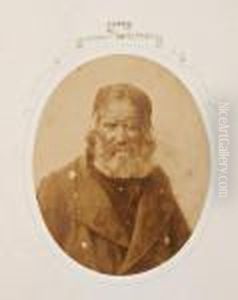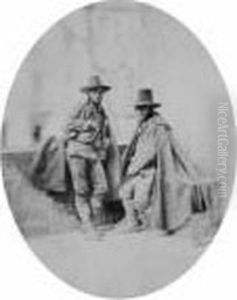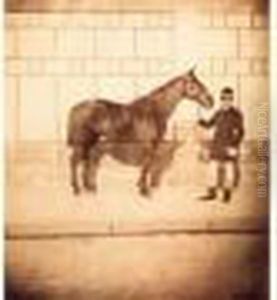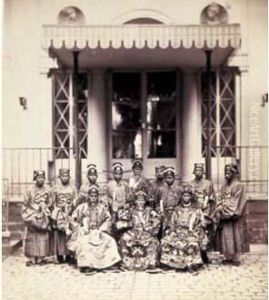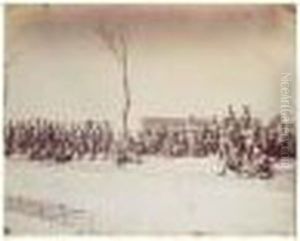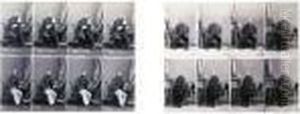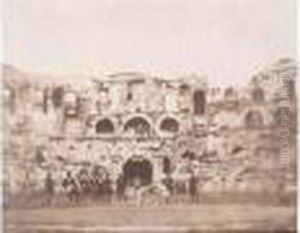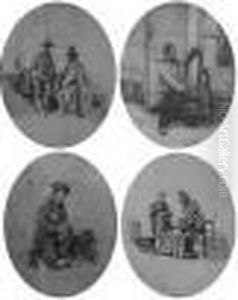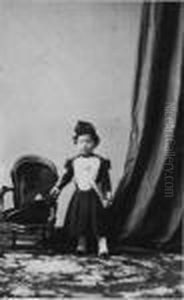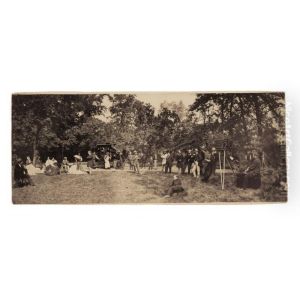Andre A. Disderi Paintings
André-Adolphe-Eugène Disdéri was a French photographer and inventor best known for his role in popularizing the carte de visite, a small photographic image which was mounted on a card. Disdéri was born on March 28, 1819, in Paris, France. He started his career in the arts as a daguerreotypist and later opened his own studio.
Disdéri's innovation of the carte de visite in 1854 revolutionized portrait photography. The process involved a camera with multiple lenses that could take eight separate negatives on a single plate. This meant that multiple copies of a photograph could be produced quickly and inexpensively. The carte de visite became immensely popular, as it allowed for the mass production of photographs, which could then be collected and exchanged among friends and acquaintances.
The peak of Disdéri's success came in the 1860s when his studio became one of the most fashionable in Paris. His clientele included Napoleon III, and his portraits of the emperor contributed to Disdéri's fame. The popularity of cartes de visite also played a significant role in the spread of celebrity culture, as images of famous individuals could be widely distributed.
However, with the rise of other photographic technologies and practices, the popularity of the carte de visite waned, and Disdéri's business suffered. He eventually went bankrupt and died in relative obscurity on October 4, 1889, in Paris. Despite this, his contribution to the field of photography, particularly his impact on portrait photography and the popularization of photographic images, remains significant in the history of the medium.
